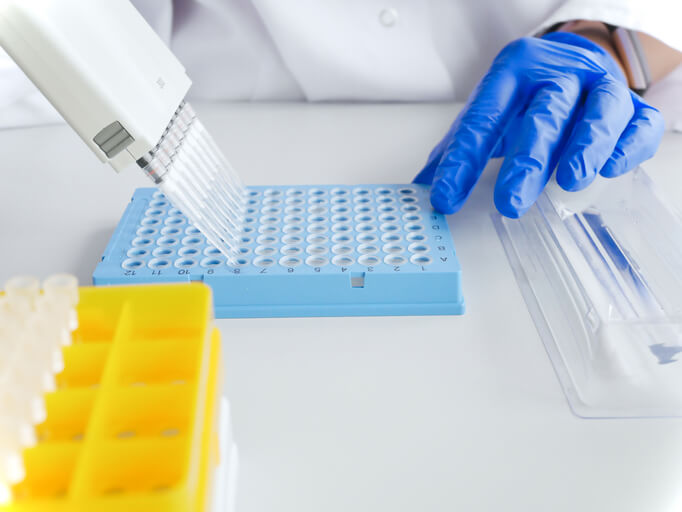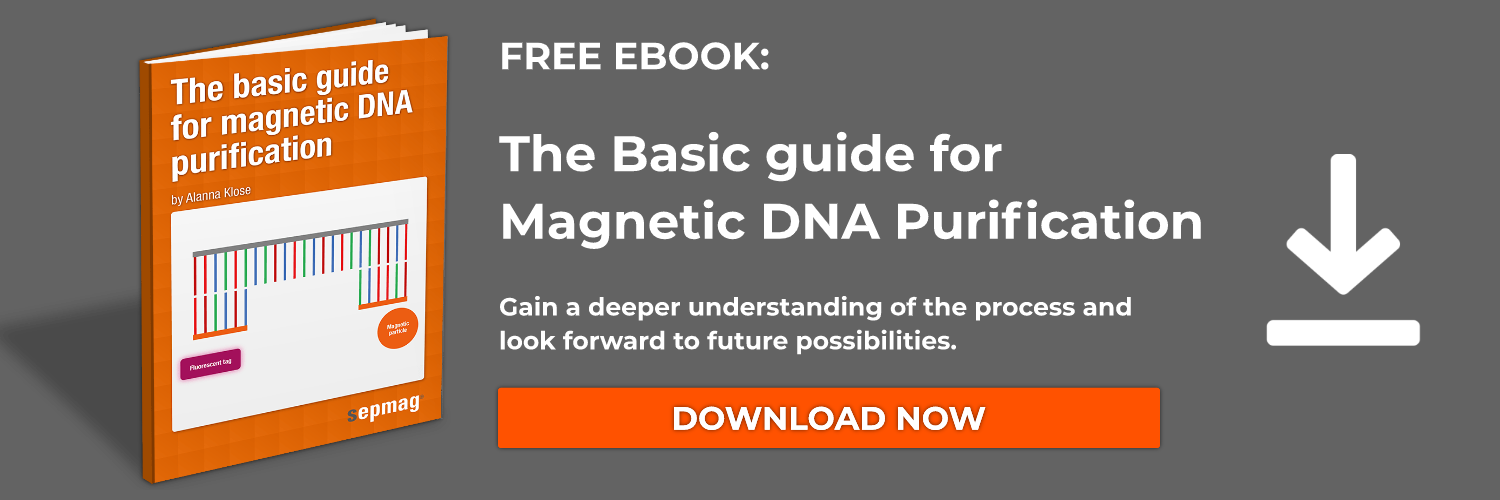Genomic DNA extraction: an introduction
Genomic DNA is abbreviated as gDNA or called chromosomal DNA because it is packaged into chromosomes. It is the genetic code that is present in every cell and is expressed in many different combinations that lead to different cell differentiation and expression. The DNA is transcribed into RNA molecules that become proteins with many different functions. Many laboratories around the world perform genomic DNA extractions. The purpose of the genomic DNA extraction is to separate the genomic DNA from the rest of the cell contents to study it. Genomic DNA is studied by those interested in learning about specific genes and learning from genomic sequencing.
Genomic DNA extraction: the lysis
The first step of extracting genomic DNA is lysing the cells which contain the DNA. There are several cell lysis protocols, mechanical and chemical. An example of mechanical cell lysis for genomic DNA extraction would be sonication. Chemical extraction uses detergents to disrupt cell membranes to release cell contents. You can learn more about mechanical and chemical cell lysis for genomic DNA extraction methods in our article "how to lyse cells". An important aspect of the cell lysis to consider is the buffer used to lyse. You can read more about buffers for cell lysis in our article "cell lysis buffer".
Genomic DNA extraction: the extraction
After your cell contents have been released, you need to extract the genomic DNA from the rest of the contents of the cell, such as proteins, RNA, etc. This can be done using solution based methods or solid phase methods. Some solution based methods are also called organic extraction. For solution based genomic DNA extraction you can use phenol-chloroform or ethanol. Solid based techniques use a column or magnetic bead that is pre-conjugated or pre-made as silica resin or silica beads. In the presence of an optimized buffer with chaotropic salts, you can extract DNA from other components of the cell. Recently, magnetic beads are used by many labs for their simplicity of protocol and efficiency of extraction.
Let’s discuss a simple protocol for genomic DNA extraction with magnetic beads. Magnetic beads are added to a lysis mixture and allowed to bind to DNA. Then the tube is placed on a magnetic rack and the magnetic beads stay pressed against the tube where the magnetic rack is holding them. While on the magnetic rack, the liquid can be moved from the tube without touching the magnetic beads and new liquid can be added. In this way you can wash the magnetic beads and add new buffers to the tube. Lastly you can add an elution buffer to remove your DNA from the magnetic beads.
Genomic DNA extraction: further reading
If you are interested in learning more about Genomic DNA extraction, you can check out our other blog posts. For example, "genomic DNA isolation" also includes information about plasmid DNA extraction as well as more about the topics written about in this article. An ebook is also available on the sepmag website, "The Basic Guide for Magnetic DNA Purification". Lastly, if you’re interested in learning more about solid phase extraction, check out "Magnetic particle coating and surface chemistry for DNA purification" to learn more about surface chemistry.
Related news





